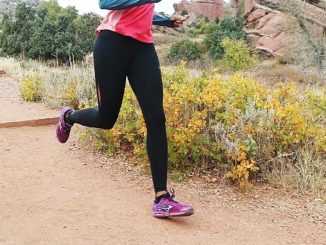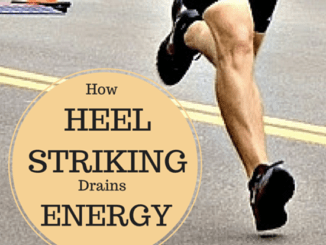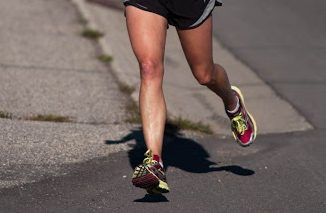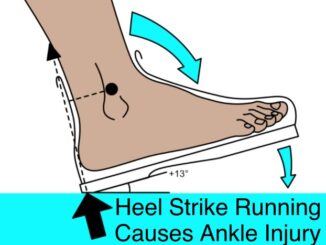Heel strike running is bad because multiple lines of research over the last few decades have proved the many verifiable aspects of heel strike running that are primarily responsible for nearly all running injuries vs forefoot running.
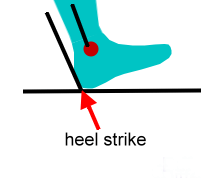
Why Heel Strike Running is Bad for Your Feet
Heel strike running is incredibly damaging to your feet because the heel-to-toe rollover phase that occurs after heel-strike leads to dangerous rises in peak pressure impulses on the forefoot, causing metatarsal stress fracture as compared with forefoot running, which has the largest effect of spreading impact pressure evenly over the foot without damaging over-pressure hot-spots.

